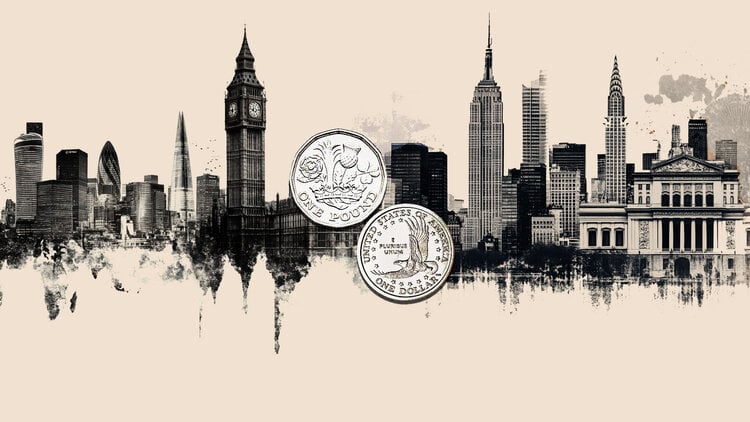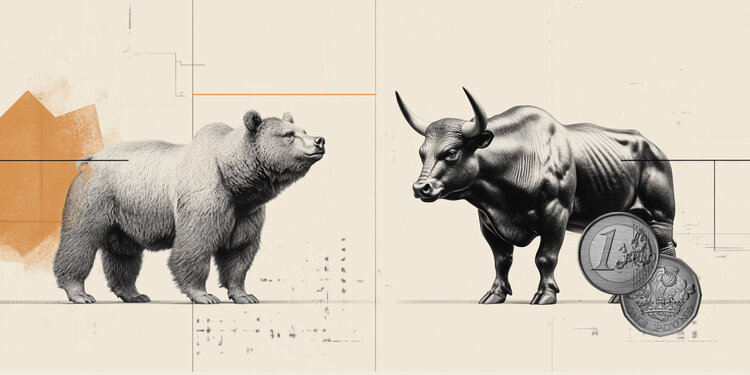More than 50 years after the launch of the “queen of the skies”, the last Boeing 747 was finally delivered.
The aircraft, a 747-8 Freighter, left Boeing’s factory in Everett, Wash., this week when it was delivered to US cargo airline Atlas Air.
The delivery marks the end of an era for the plane, with the final days of flying the world’s best-known jetliner clearly approaching.
According to aviation analytics firm Cirium, at the end of 2022, only 44 passenger versions of the iconic plane were still in service. However, over 300 Boeing 747 Freighters remain in use.
The last 747
“This monumental day is a testament to the generations of Boeing employees who brought to life the plane that ‘shrank the world’ and revolutionized travel and air cargo as the first widebody,” said Stan Deal, president and chief executive officer, Boeing Commercial Airplanes, in a statement.

“It is fitting to deliver this final 747-8 Freighter to the largest 747 operator, Atlas Air, where the ‘queen’ will continue to inspire and enable innovation in air cargo.”
The first Boeing 747 made its maiden flight on February 9, 1969, a year before it entered service with the fondly remembered airline Pan American World Airways.
It quickly became a passenger favourite. It is used as a flying White House as Air Force One, as well as being the setting for many Hollywood aerial adventures.
However, since then, many airlines have chosen to replace their passenger 747s with larger, more advanced and more efficient twin-engine planes.
In 2020, British Airways announced that it was retiring its Boeing 747 fleet four years ahead of schedule.

“Our magnificent ‘Queen of the Skies’ is unlikely to return to commercial service for British Airways due to the downturn in travel caused by the global Covid-19 pandemic,” the British airline said.
The most recent version of the aircraft is the 747-8 Intercontinental, with new wings, engines and technologies unimaginable for the designers and pilots of the original 747.
The first “giant” passenger plane
The 747 ushered in the era of the double-aisle, wide-body airliner. But if it had been up to Pan Am founder Juan Trippe, the famous jet could have been a double-decker version of the single-aisle Boeing 707.
Trippe pushed the plane’s designers to create a double-decker, a shape that Boeing engineer Joe Sutter, known as the “father of the 747,” called a “turkey.”
It took the initiative of a Boeing executive in a meeting in the Pan Am boardroom to change Trippe’s mind. The dimensions of the room were exactly the same as the width and height of the wide-body 747, and Pan Am was impressed.
The interior of the 747 was developed in association with Seattle-based Teague, a longtime cabin design partner of Boeing.
It was the first plane to have nearly vertical side walls and a high ceiling, giving passengers a sense of space and openness.
Rather than a long, thin tube, the cabin was divided into “rooms,” with kitchens and bathrooms installed as partitions.
It’s a shape that has defined long-distance travel for nearly half a century.

Airports had to adapt
The dimensions of the 747 were enormous compared to the 707s and Douglas DC-8s that were the mainstay of international airline fleets in the 1960s.
With hundreds of passengers arriving and departing on each jumbo jet, airports had to adapt quickly, with expanded departure lounges, check-in counters and terminals.
Every international airline wanted the prestige of flying a 747, which meant that customs and immigration areas were soon overwhelmed with multiple simultaneous arrivals of the big plane.
Ground support equipment also had to grow. Aircraft tugs got much bigger, to handle the 747’s prodigious weight of over 750,000 pounds.

The supply trucks were modified to reach the cabin doors well above the ramp, and the supply tanks now had to stretch to reach the underside of the massive wings.
fabulous freighter
The 747 was designed at a time when the airline industry expected supersonic transport (SST) to be the aircraft of the future.
The world’s first supersonic transport plane, the Soviet-designed Tupolev Tu-144, made its maiden flight in 1968, and the Anglo-French Concorde took off two months later.
Experts in the 1960s predicted that the 747 would have a short lifespan as a passenger jet, eventually giving way to aircraft traveling at multiple times the speed of sound.
So the 747 designers tried to future-proof the jumbo by designing it to carry cargo.
The main deck of the 747 was about 20 feet wide to hold two standard cargo containers. To facilitate loading, the nose of the 747 cargo model opened and rotated upward.
This meant that the cockpit had to be located above the main deck, giving the “queen” her distinctive hump just behind the flight deck.
What was originally intended as a crew rest area in that space became the jet’s best-known feature, the passenger lounge.
Only in later versions was the upper floor stretched out to accommodate a large living area.
As it turned out, the Boeing SST project – the 2707 – was canceled in 1971, the Tupolev Tu-144 was permanently grounded after just 55 scheduled flights, and the Concorde made its final flight nearly 15 years ago.
As for the tough 747, more than 1,570 have been made in the past half century.
The last Boeing 747 commercial jet to be delivered was in July 2017 – a jumbo jet for Korean Air Lines – and in January 2018 US passenger operations ended when Delta Air Lines Flight 9771 landed in an airplane graveyard in Marana, Arizona.
The sector has evolved
New planes and new engines are created at the same time. New aircraft designers may seek to consume less fuel, generate more power, and take advantage of lighter designs from engine developers.

The 747 needed a huge leap in engine power and efficiency to get the huge plane in the air and generate profits for the airlines.
Pratt & Whitney changed the shape of jet engines forever with their JT9D turbofans for the 747. The engine differed from earlier power plants by having a huge fan at the front.
A huge amount of air is forced into the engine, but only a small amount goes to the engine’s core where it is compressed, mixed with fuel and ignited to drive the turbine. The internal turbine spins the massive fan, pushing the jet forward.
With most of the airflow directed around – rather than through – the engine core, it was the first “high-bypass” turbofan of the jet age.
The design makes the engine quieter, more powerful and more fuel efficient. And instead of the noise of the previous generation jets, the 747 “buzzed” when it took off.
The 747 may have been the first, but now all passenger jets are powered by an incredibly reliable and sophisticated turbofan engine.
True watershed?
The 747 entered service in the early 1970s, at a time of great societal change. It has driven exponential growth in air travel, tourism and connections between people around the world.
In its first year, a fully loaded 747 halved the cost of transporting a passenger. Flying instantly became more accessible.
But perhaps the award for the biggest change in air travel should go to the 747’s big brother, the 707.
That pioneer of smooth, jet-powered flight was a quantum leap from the “impact pistons” that preceded it. He connected continents in a few hours and showed the world the power of jet travel.
Brien Wygle, the co-pilot of the 747’s first flight and former vice president of flight operations at Boeing, certainly thinks so.
“The shorter flight times, the higher altitudes, the better pressurization – a lot of the things we brought with the 707 were revolutionary,” he told CNN Travel. “The 747 moved in the same direction, but you can’t ignore what the 707 did.”
“But the 747 was a remarkable plane and I loved it.”
Source: CNN Brasil
I am an experienced journalist, writer, and editor with a passion for finance and business news. I have been working in the journalism field for over 6 years, covering a variety of topics from finance to technology. As an author at World Stock Market, I specialize in finance business-related topics.







